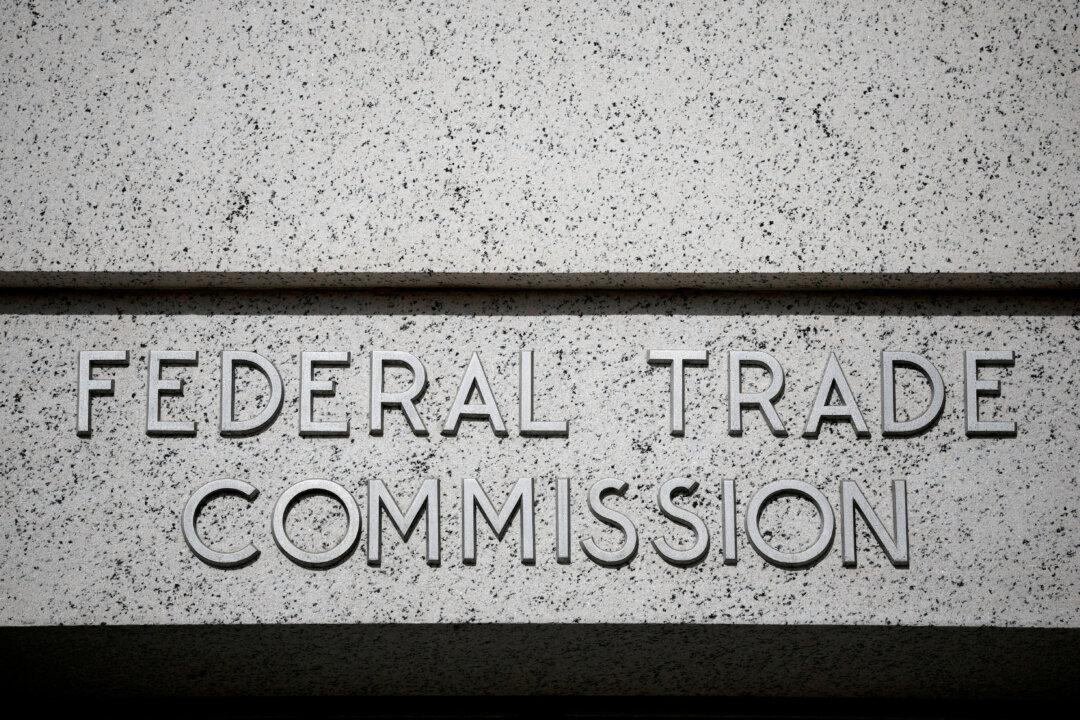ARDMORE, Pa.—Merion Golf Club did more than just hold its own.
Called too short, too cramped, and too much of a pushover when the U.S. Open teed off, it nearly stole the show by the end.
It crowned a worthy champion in Justin Rose, slid a banana peel beneath Phil Mickelson, and sent Tiger Woods packing with his tail tucked between his legs.
Between the limited space for the galleries and corporate tents, the payoffs to neighbors and Merion members for commandeering their lawns and clubhouse, the U.S. Golf Association may leave with a smaller haul than usual. But if it came here in search of grand theater, the USGA got a steal.
“At the start of the week everyone thought we were going to rip it up,“ Jason Day recalled ruefully, after tying with Mickelson for runner-up at 3 over, “but I just knew that somewhere around even par was going to win it.”
The mix of tough holes and easy ones—in the last round, one par-3 required a driver, another par-3 a wedge—toyed with their nerves and lulled the players into relaxing at all the wrong moments.
“I found that was the toughest thing,” said Rose, whose winning score was 1 over.
“Because you could make birdies, you could get ahead of the card, around the middle of the course you could be 1 or 2 under. No round was safe until you played 18 holes. I think we learned that yesterday, the way I finished. I finished bogey, bogey. [Charl] Schwartzel, bogey, bogey. Luke [Donald], bogey, double bogey. Hunter [Mahan], bogey, bogey.”
Because of the treacherous course setup at some places, the USGA has said its goal is to identify the best players, not embarrass them.
If so, despite the high scores and sometimes-amateurish shots, nearly every player in the field walked off looking more respectable for all the struggling—and none more-so than Rose.
Rose Survives
The resolute Englishman was supposed to be golf’s next big thing after finishing fourth in the 1998 British Open as a 17-year-old. Instead, soon after launching his pro career, Rose missed 21 straight cuts and lost his father.
When he tapped in for par at No. 18, he looked up at the sky in tribute to his father, kissed the golf ball he pulled from the cup, doffed his cap briefly, and then waited to see whether Mickelson, playing in the final group behind him, could birdie a hole that hadn’t yielded even one the last two days.
But in a nice bit of serendipity, a few moments earlier as he stood in the 18th fairway, Rose was only five paces behind the bronze plaque embedded there to recall the famous 1-iron that Ben Hogan hit here in 1950 to earn a spot in a playoff he won the next day.
Six decades later, for all the things that have changed in the game, the demands on a champion were the same: one solidly struck iron shot, two putts.
“It’s hard not to play Merion and envision yourself hitting the shot that Hogan did,” Rose recalled. “And even in the moment today, that was not lost on me. When I walked over the hill and saw my drive sitting perfectly in the middle of the fairway, with the sun coming out, it was kind of almost fitting.”
Standing alongside the 18th green just ahead of the trophy presentation, Tom O'Toole, chairman of the USGA’s championship committee, wasn’t prepared to commit to any site beyond those already awarded through 2020.
“The question with Merion was always whether the other things that go into staging an Open—infrastructure, logistics, those things mostly—would work out. It took a lot of creativity,” he said.
“The naysayers dominated the early part of that conversation,“ O'Toole added. “But they’ve gone by the wayside now.”
With files from The Canadian Press




